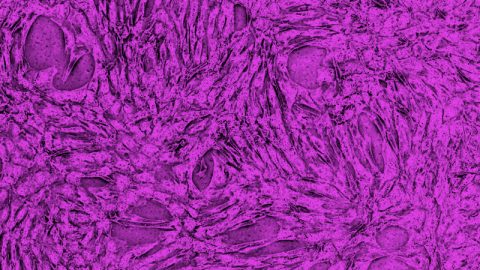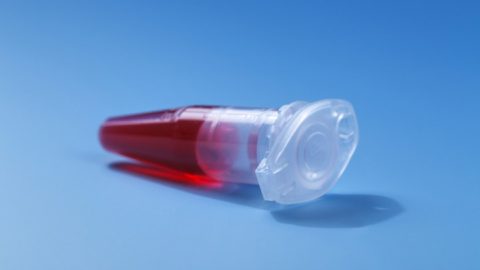
Your own cells have an amazing ability to heal injured tissue, tendons, cartilage, ligaments, and bone. With regenerative therapy, your own cells are harvested and then injected in areas where they are needed most.
Regenerative therapy may be used for:
- Bulging discs
- Non-healing fractures
- Osteoarthritis
- Knee injuries
- Sacroiliac joint pain
How it Works
 There are different methods of harvesting cells, and your body has multiple storage sites where the regenerative cells are located. In one approach, blood and bone marrow samples are taken. In another, tissue from hip bone or fat cells is aspirated. A specialized machine called a centrifuge spins the samples to separate regenerative cells from the other cells.
There are different methods of harvesting cells, and your body has multiple storage sites where the regenerative cells are located. In one approach, blood and bone marrow samples are taken. In another, tissue from hip bone or fat cells is aspirated. A specialized machine called a centrifuge spins the samples to separate regenerative cells from the other cells.
A dextrose solution is injected ahead of time in order to stimulate the surrounding tissues. The cells are then injected in order to promote healing. You may receive a series of three injections for regenerative therapy, spread two to five days apart.
What to Expect
During regenerative therapy, x-ray guidance is used for accurate placement. A local anesthetic is used to numb the area.
While there are risks to regenerative therapy associated with any procedure, there is no risk of allergic reaction because your own cells are used.
You will feel the full benefits and result in two to three months, but many patients feel results earlier than that. Some patients need two to three treatments of regenerative therapy, but many respond well to just one.
